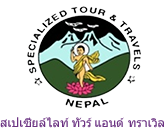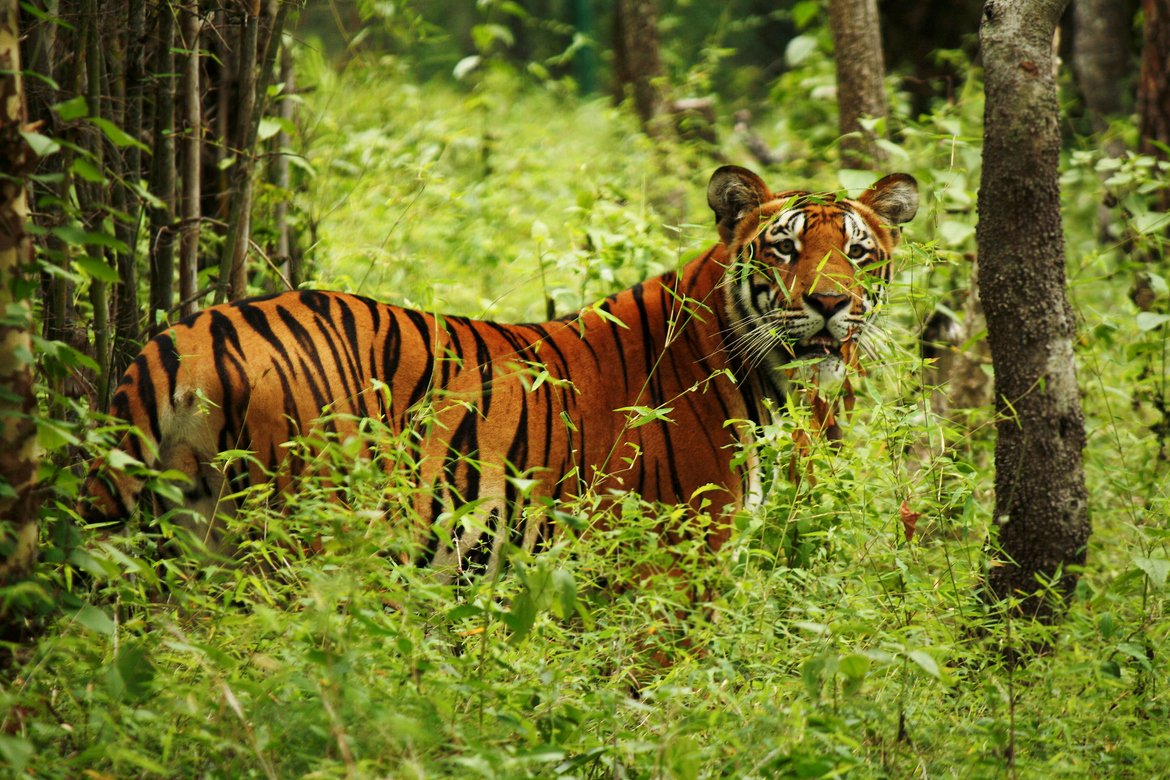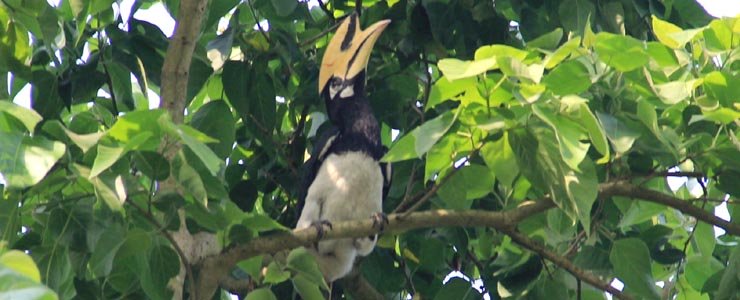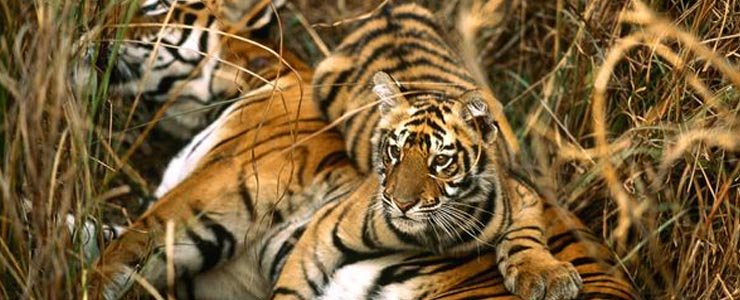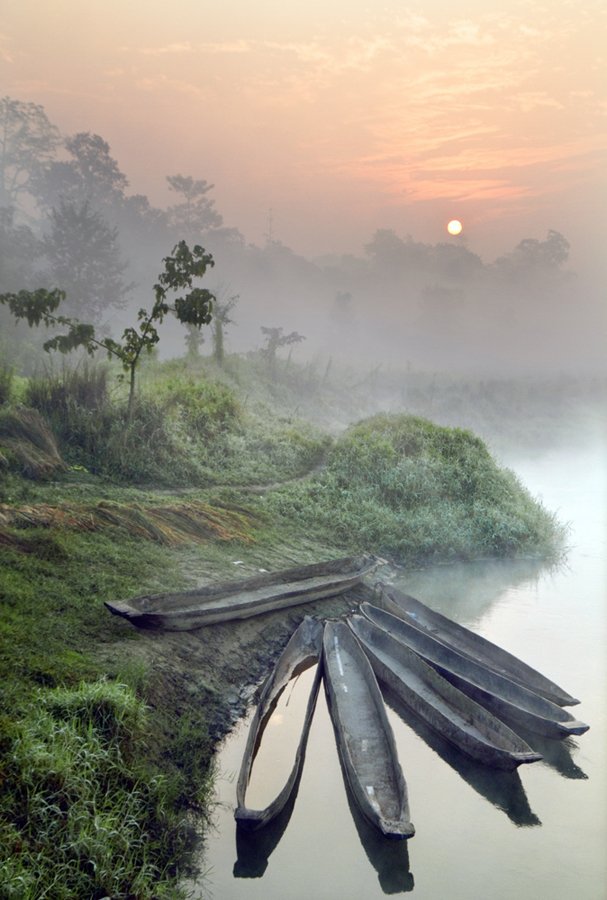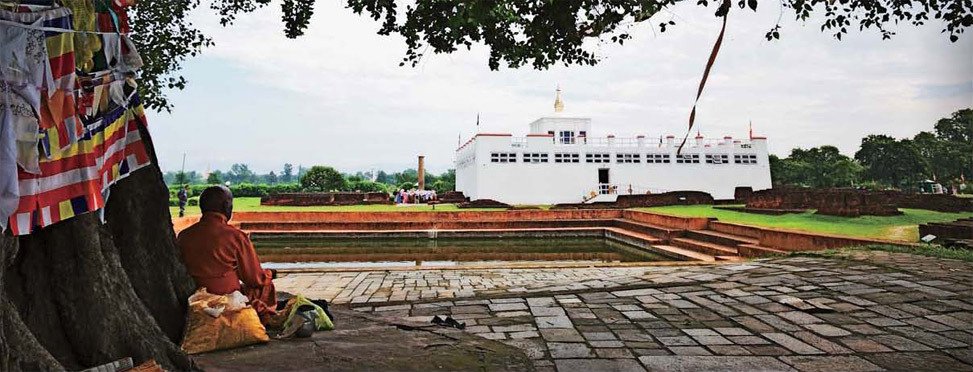Kathmandu to Chitwan
Chitwan National Park is the most popular destination for tourist wanting to have a good experience of the region’s wildlife. Therefore, your visit to Nepal won’t be completed without a visit to Chitwan. So it is one of the finest wildlife reserves in Asia with its dense forests, grasslands, rivers and lakes providing a unique variety and abundance of wildlife. The park has been given World Heritage status and the foothills of the Churia Range border the southern edge of the park. Situated in the Rapti Valley, the Chitwan National Park is approximately 80 miles by road southwest of Kathmandu. A visit to Chitwan allows the opportunity to fully experience of Jungle Safari with riding elephant, bird watching as well as Nepali Culture.
The lush jungles of Chitwan National Park preserve one of the last remaining examples of the primeval forest that once covered the Indian subcontinent. Chitwan is ranked among Asia’s finest wildlife reserves harbouring the Royal Bengal Tiger, Greater One-horned Rhinoceros, Leopard, Sloth Bear, Wild Boar, Crocodiles, four types of Deer and over 400 species of birds. Chitwan’s forests allow you to view animals close-up and undisturbed in their natural cover.
Established in 1973, the Chitwan National Park is a 932 square kilometre nature reserve of jungle, forest and marshland awarded world heritage status in 1984. The Park replaced a hunting reserve used by the rich and famous; King George V and his son, the future Edward VIII, bagged 18 rhinos during a 1911 shooting trip.
<b>Chitwan meaning ‘heart of the jungle'</b>offers visitors an excellent chance of spotting one-horned rhinos, deer, monkeys, wild boars, hyenas, gharial crocodiles and over 450 species of bird (including parakeets, kingfishers, orioles and drongos). The Park is also home to (more elusive) leopards, wild elephants, sloth bears and majestic royal Bengal tigers. Despite setbacks during the Maoist insurgency, animal numbers are improving: a 2011 census counted 501 rhinos and 125 adult tigers. We suggest that visitors should spend two days in the park, so as to allow plenty of time for foot and elephant treks. One of Nepal’s premier attractions.
